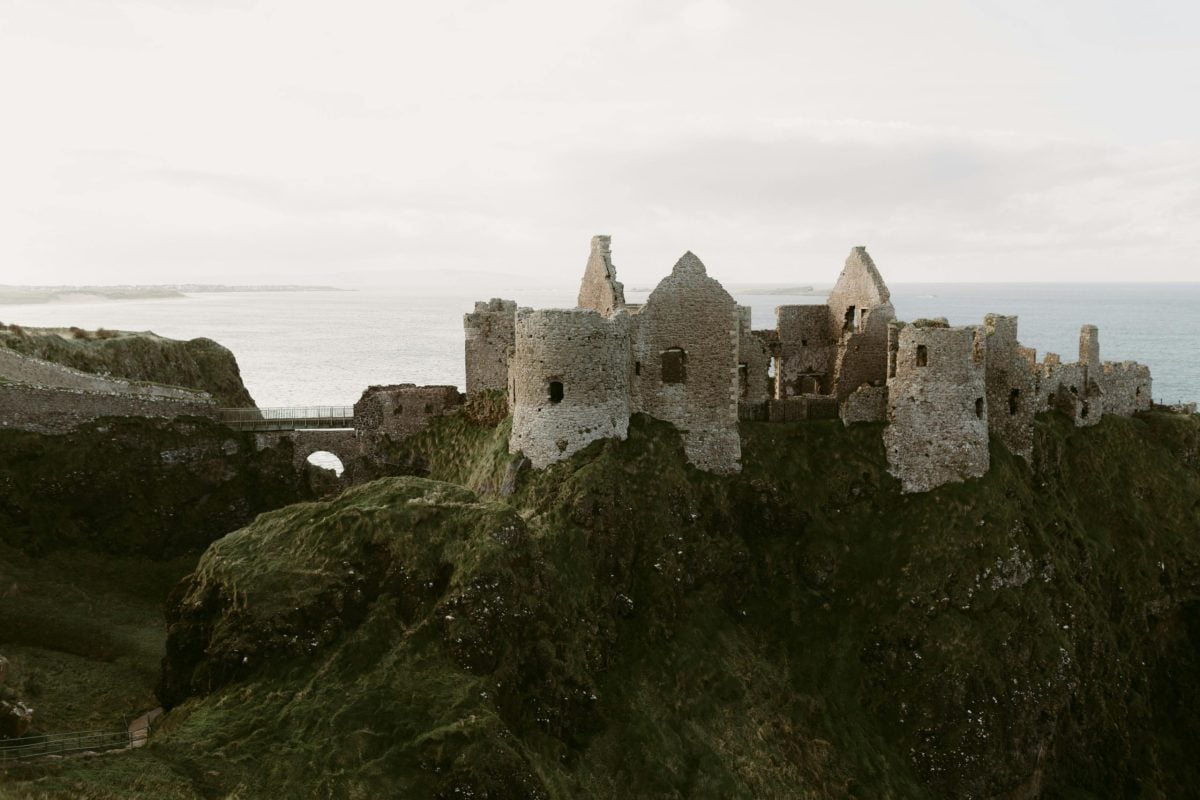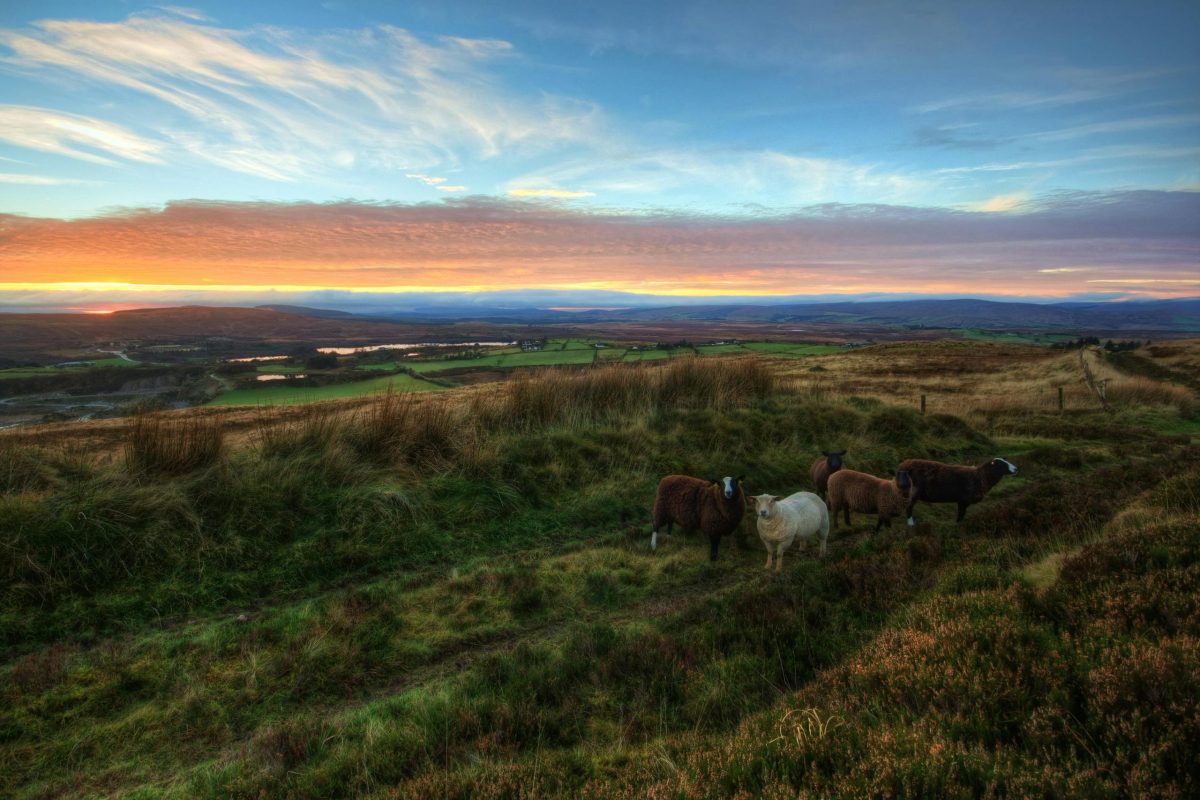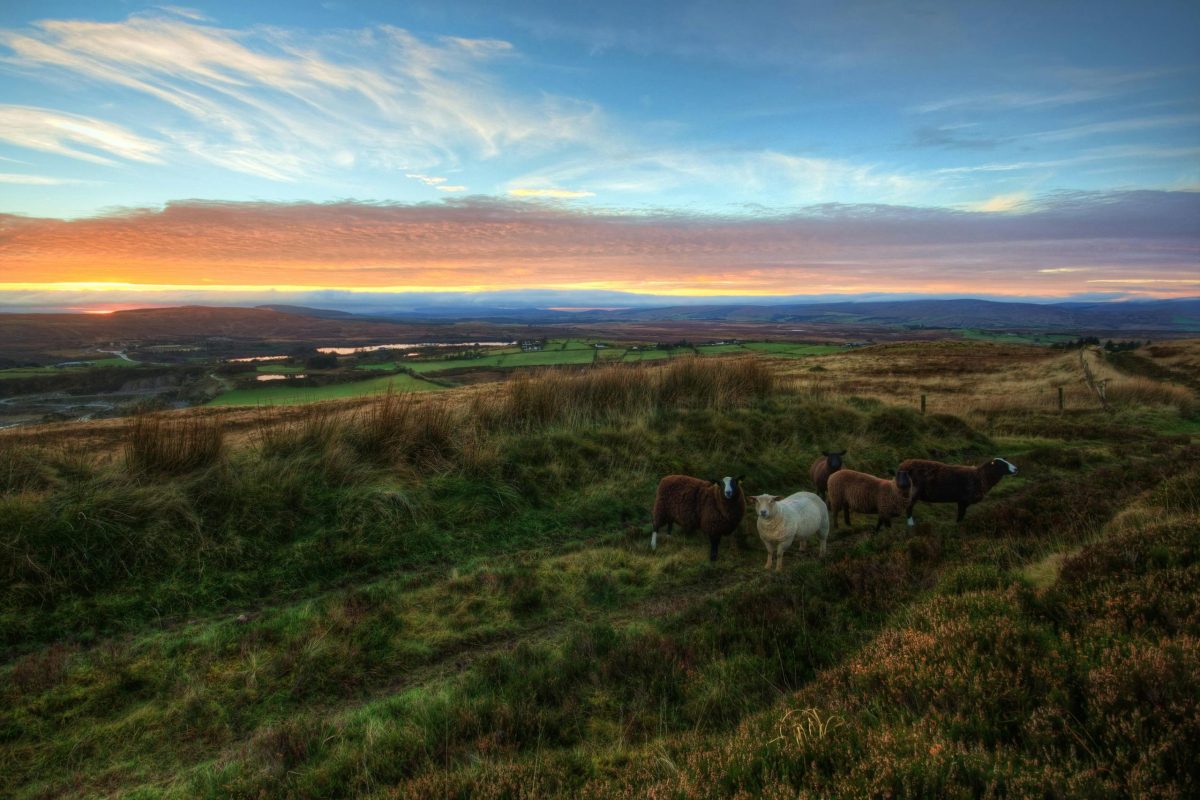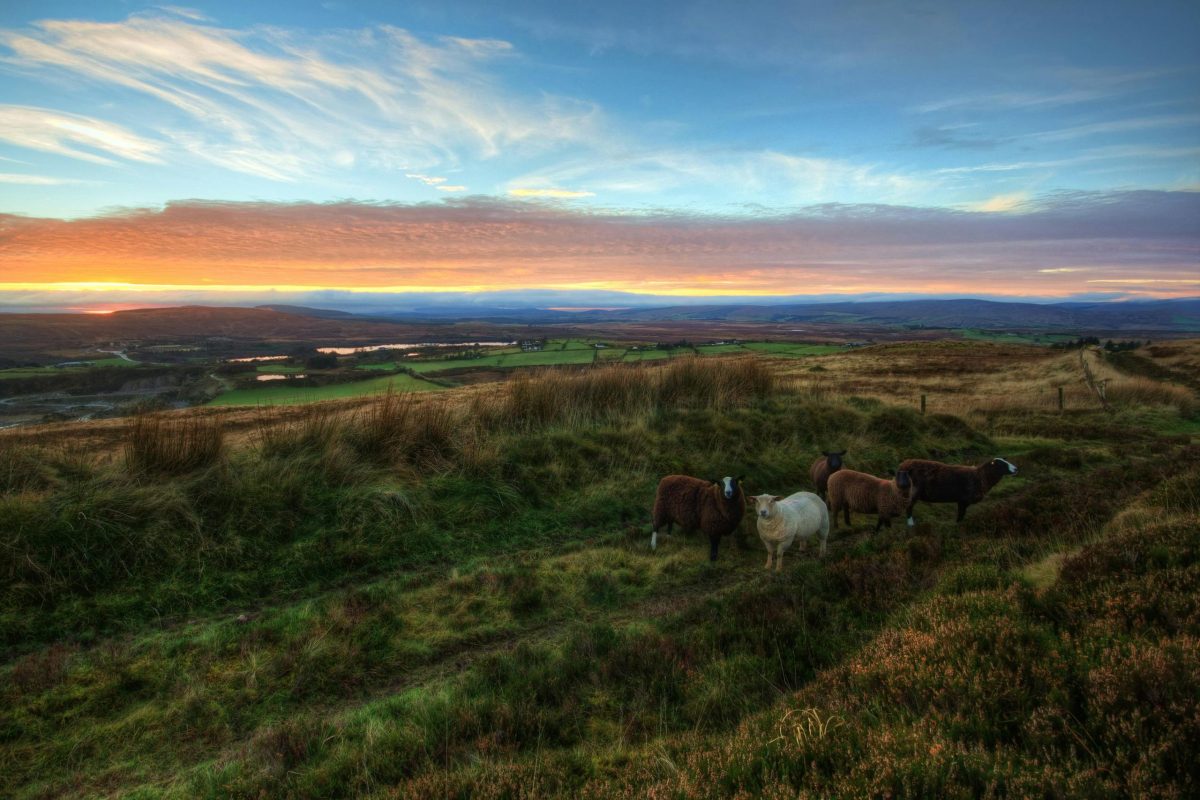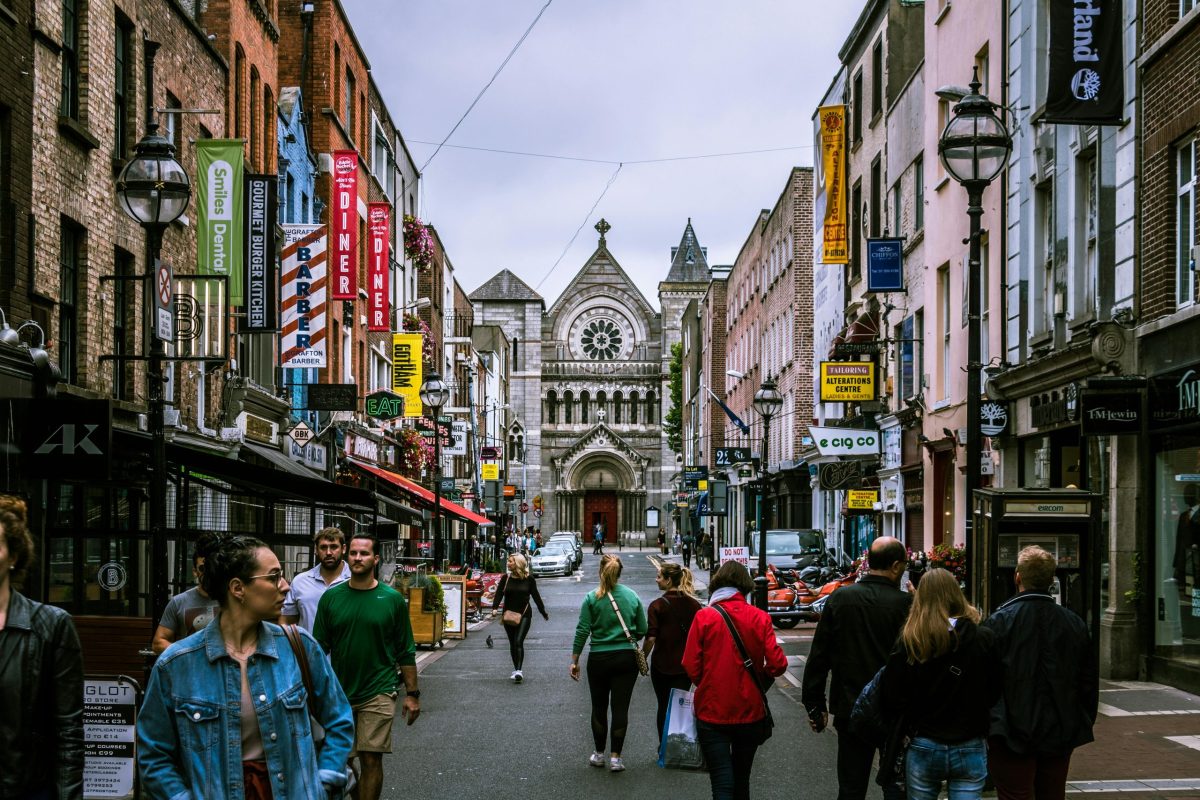The Day the Dubliners Sang Their Farewell to Luke Kelly: A Legacy of Rebel Songs and Resilient Hearts
Estimated reading time: 6 minutes
Key Takeaways
- Luke Kelly’s voice symbolizes the struggles and dreams of the Irish people.
- The Dubliners’ music captures both heartache and resilience from Irish history.
- Luke Kelly’s legacy continues to resonate in modern Ireland’s challenges and cultural identity.
Table of Contents
Introduction
The Heart of the Story
The Wider Echo
The Now & The Next
Did You Know?
FAQs
Final Word
Introduction
On a bitterly cold day in January, Dublin wept as its own sang the songs of rebellion and resilience, echoing the raw spirit of a nation. It was the day the Dubliners came together to bid farewell to Luke Kelly, a voice that transcended mere lyrics, embodying the struggles, dreams, and defiance of the Irish people. In the smoky pubs, every note sung was a love letter to the man whose spirit refused to be silenced, reminding us that in the heart of every Irish soul lies a story waiting to be told.
The Heart of the Story
As the Dubliners gathered to pay tribute, it wasn’t just a farewell; it was an invocation of their shared history—the songs of war and peace, heartache and happiness. From the cobblestone streets of Dublin to the shores of distant lands, Luke Kelly’s songs ignited fires of hope and courage in the hearts of the downtrodden. His rendition of “The Auld Triangle” rang true, capturing the essence of incarceration and freedom, while “Scylla and Charybdis” painted the longing of an exile yearning for home. Each song was a vessel, carrying the pain and beauty of a culture steeped in resilience.
The Wider Echo
Luke Kelly wasn’t merely a performer; he was a symbol of defiance against the backdrop of political turmoil. His voice became intertwined with the Irish struggle for freedom, resonating deeply during a time when voices often went unheard. According to a 2018 survey, nearly 60% of the Irish public believe that traditional music plays a vital role in expressing national identity, a testament to the profound impact Kelly and the Dubliners had on the collective consciousness of Ireland. His legacy embodies a spirit that dares to challenge oppression while celebrating the richness of culture, one note at a time.
The Now & The Next
In today’s Ireland, where issues of housing, immigration, and cultural identity tug at our very fabric, Luke Kelly’s songs continue to resonate. The melody of hope is more crucial than ever for a new generation of Irish, facing their own battles and heartbreaks. The echoes of his voice can be heard on the streets of Dublin during protests, in community halls from Galway to New York, carrying the same spirit of resilience that defined his life. For every child wearing a GAA jersey reflecting pride in their heritage, there is an unbroken link to the past, urging them to sing their own songs and create their futures.
Did You Know?
- Luke Kelly was born on November 17, 1940, in the inner city of Dublin and became a member of the Dubliners when the band formed in 1962.
- His version of “The Auld Triangle” has been covered by numerous artists and is recognized as one of the most powerful anthems of Irish culture, reflecting the longing for freedom and justice.
FAQs
What made Luke Kelly’s voice unique?
Luke Kelly’s voice carried an unyielding passion and authenticity that captured the struggles of the Irish people, making his performances emotionally resonant. His ability to convey deep feelings through his music continues to inspire today, especially among those facing hardships, such as families affected by the housing crisis.
What was the impact of the Dubliners on Irish music?
The Dubliners paved the way for the folk revival in Ireland, blending traditional songs with modern influences. Their legacy fuels the continuing evolution of Irish music, allowing it to thrive within the diaspora and across borders, keeping the spirit alive.
Final Word
As we reflect on the day the Dubliners sang their farewell to Luke Kelly, we are reminded of the power of music to heal, inspire, and unite. In every heart that beats to the rhythm of a rebel song, in every life touched by the echoes of defiance, there lies a piece of Luke Kelly’s spirit. Let’s carry that legacy forward because if you carry the same pride we do, you’ll find a piece of home waiting at
HubIrish.com.

